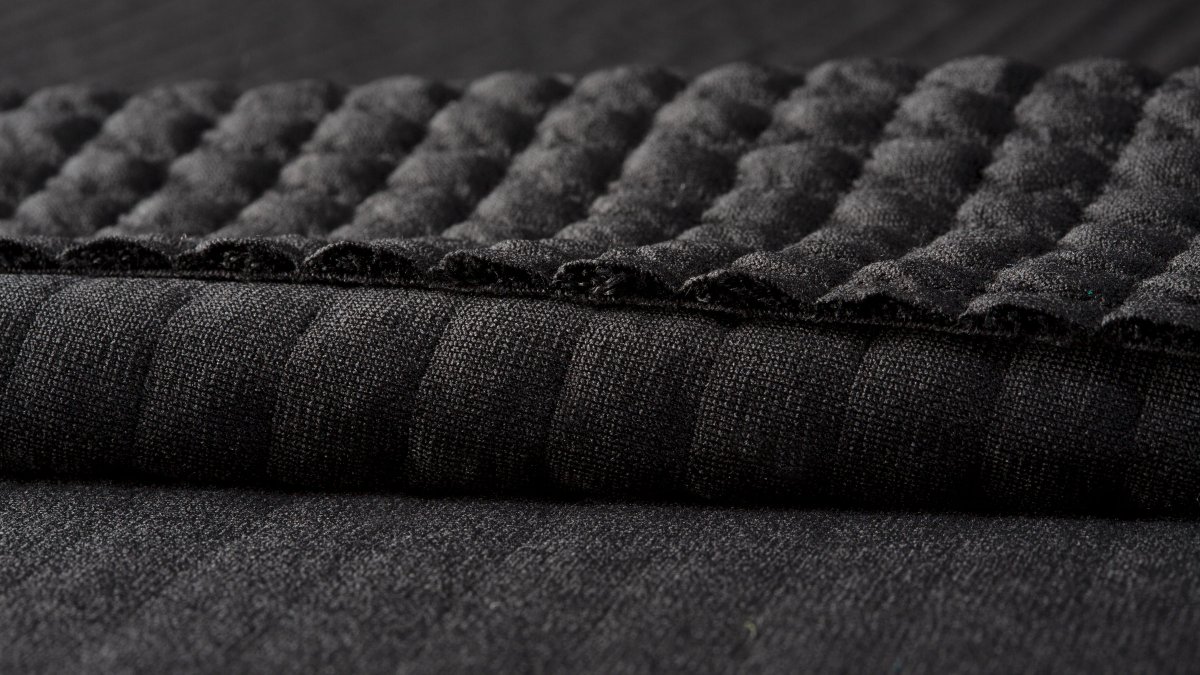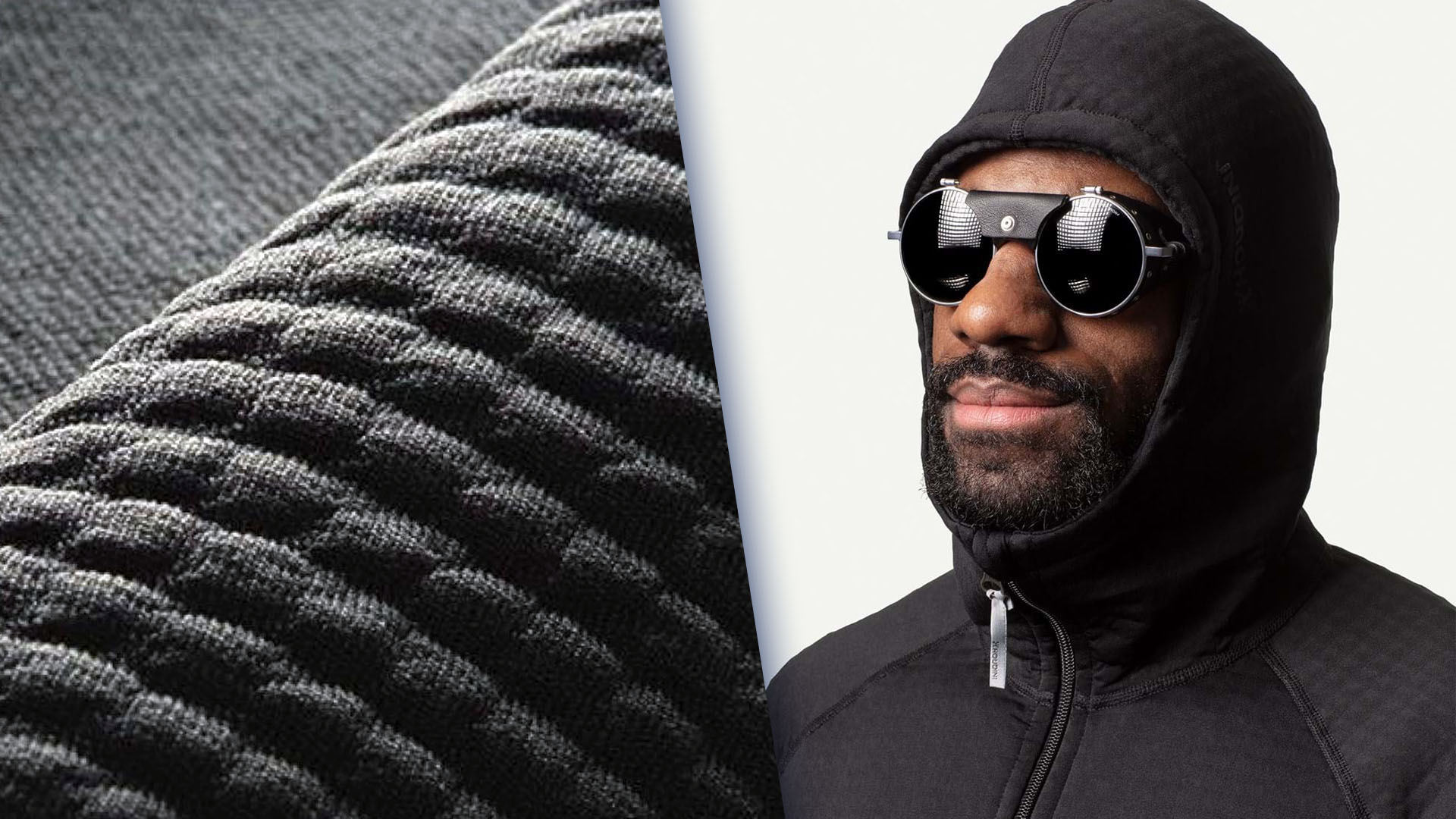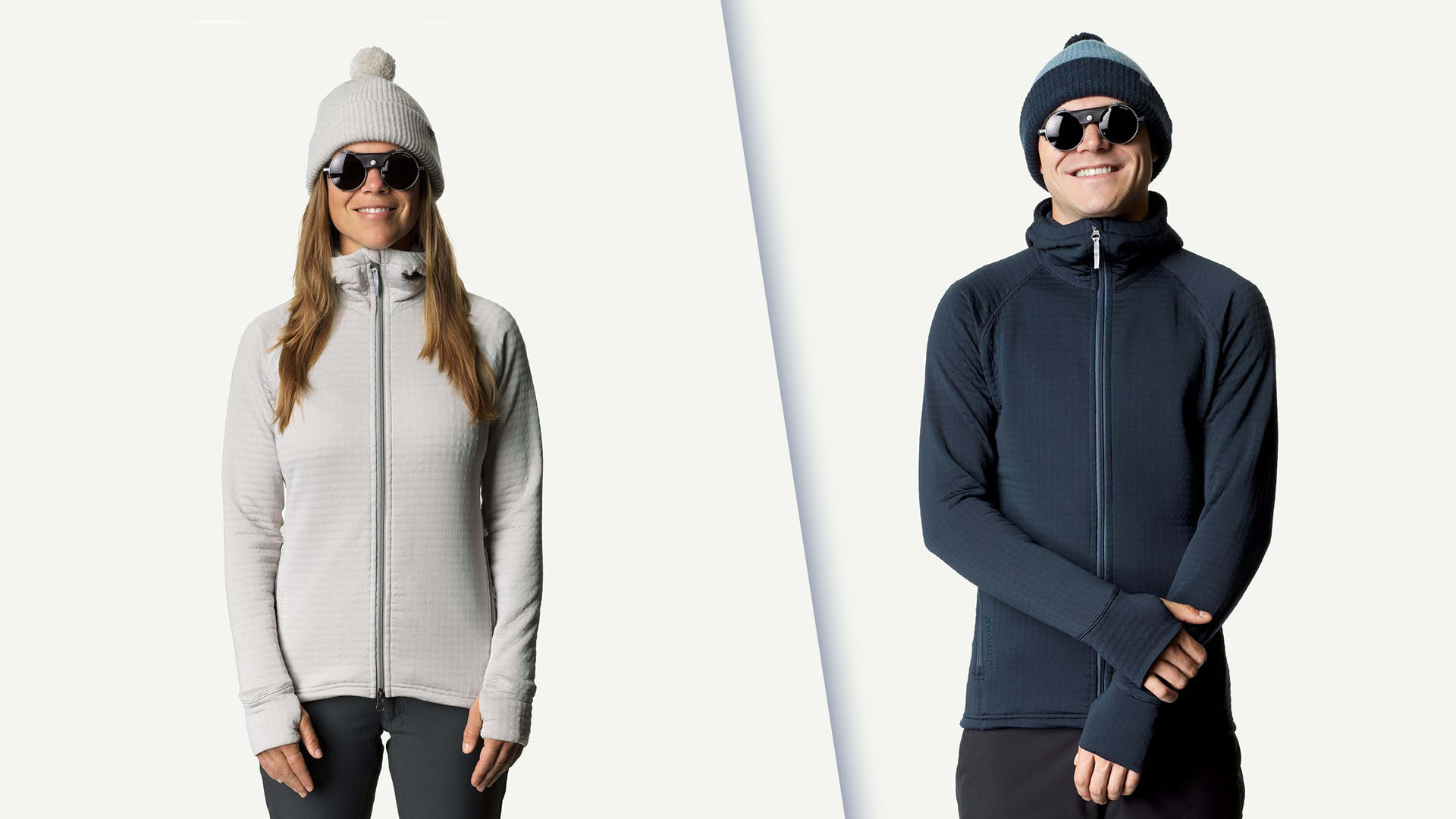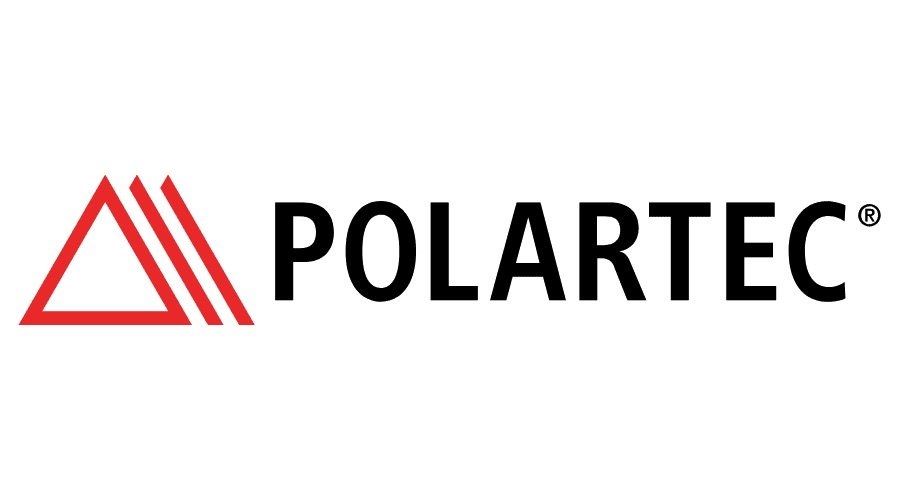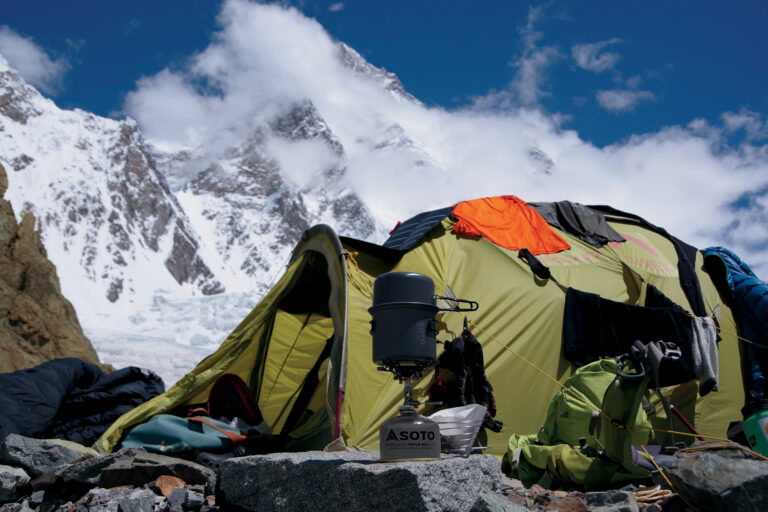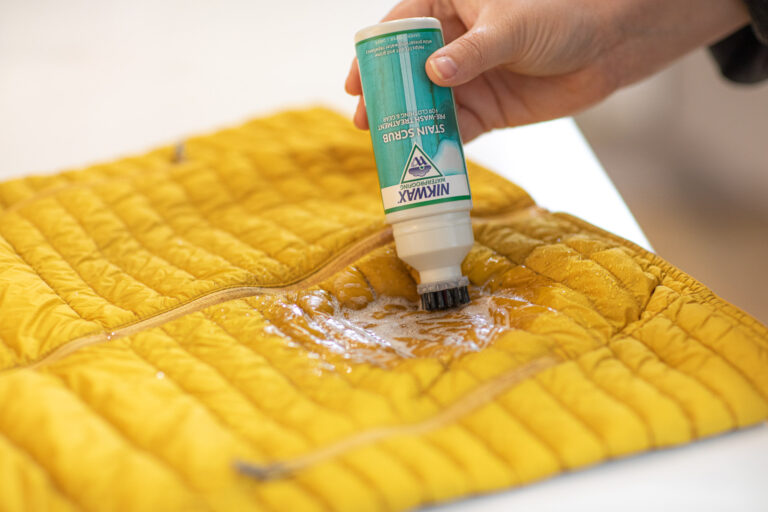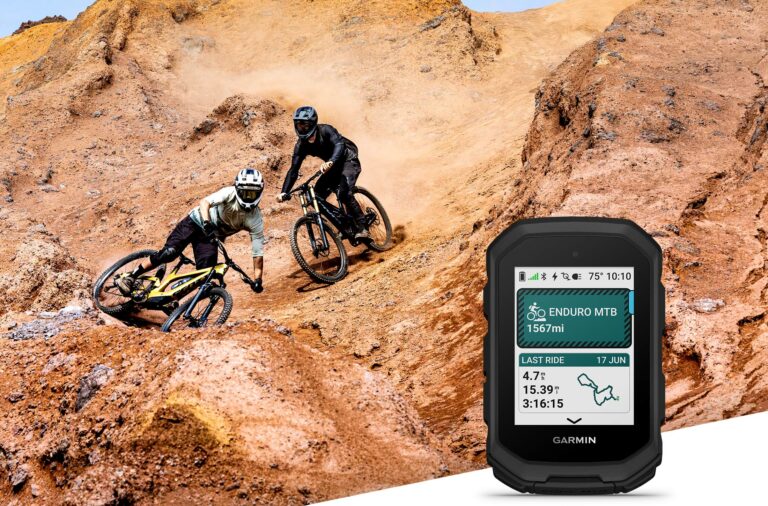Your hiking clothes are an invisible polluter. Every time you wear, wash and pack your synthetic gear, tiny microfibres – minuscule fragments of plastic – are shed into the environment, a by-product of everyday wear and tear. They end up in our oceans, forests and mountains. They are ingested by animals and infiltrate the food chain. It is yet another contributor to earth’s environmental crisis.
But there is a solution. Polartec – inventors of the fleece in 1981 (four decades ago next year) – have pioneered a new technology that sheds 80% fewer microfibres. It’s an innovation with the potential to prevent millions and millions of tiny plastic fragments from polluting the environment – and that’s a lot of polyester or nylon particles that won’t end up in the stomachs of turtles.
“Polartec have flipped the traditional fleece manufacturing process on its head.”
The technology is called Polartec Power Air, an ingenious new knit construction that not only reduces microfibre shedding but also encapsulates air to retain warmth. The result is an eco-friendly, planet-saving fabric with superb thermal efficiency – a win win scenario. And that’s not all. Polartec Power Air is made from a minimum of 50% recycled PET plastic, so its actual construction has green credentials too.
But how does it work? Unless you’re a knitting guru or yarn boffin, it’s a little tricky to understand – a lot of material science wizardry is involved. But, in layman’s terms, Polartec have flipped the traditional fleece manufacturing process on its head. Instead of having lofted, high-pile knit structures exposed on the outer (the traditional method), the insulating lofted fibres are encased within the knit construction. They are protected by a shielding, supportive barrier – and this is what prevents microfibre shedding. The encased internal yarns also create individual air pockets that capture body warmth, improving thermal efficiency. Polartec call it ‘multilayer continuous yarn construction’, whatever that means. But we prefer “that magically eco-friendly fleecy fabric”. Either way, it’s very, very clever stuff.
